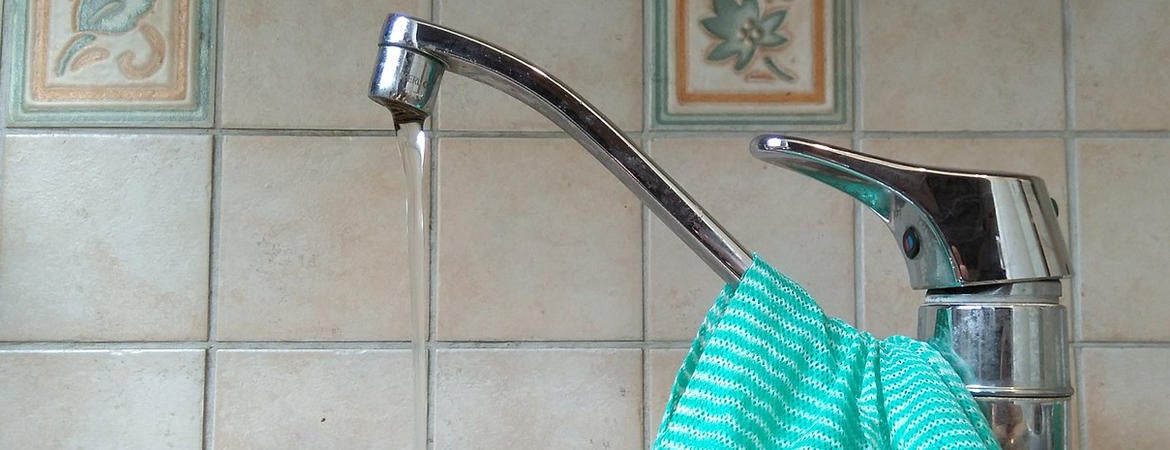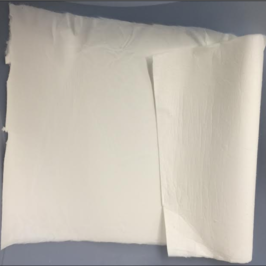
Small, rural communities often lack the resources to maintain adequate water treatment systems. Across the United States, 97 percent of the 1,700 water districts with unacceptably high nitrate serve less than 25,000 people each.
Nosang Myung, a professor of chemical and environmental engineering in UC Riverside’s Bourns College of Engineering, has received a $460,000 grant from the National Science Foundation to develop a nanofiber filter that improves removal of nitrogen and phosphorous from waste and contaminated water. The project is a collaboration between Myung and David M. Cwiertny, a professor of civil and environmental engineering at the University of Iowa.
Nitrogen and phosphorous accumulate in natural water from agricultural runoff and industrial effluent. The excess nutrients cause an overgrowth of algae in natural water which leads to the death of aquatic life due to oxygen depletion. Nitrates in drinking water can also have health risks for humans, such as methemoglobinemia, or “blue baby syndrome,” and an elevated risk of bladder cancer.
Common methods to remove nitrogen and phosphorous are not feasible for many communities most at risk for nitrate contamination. Reverse osmosis is energy intensive with high capital costs. Conventional ion exchange is also not sustainable, hampered by material costs, salt use, and waste brine disposal.
Myung and Cwiertny are meeting an urgent need for sustainable nutrient removal technologies appropriate for small systems with an electrospun nanofiber mat that will eventually be able to both remove large quantities of nitrogen and phosphorous and monitor water quality at the same time.
Electrospinning uses electric force to draw a polymer through a needle to form a microscopic fiber with electrical properties. Around one million electrospun nanofibers could fit into a single human hair. Electrospun filtration membranes have emerged as contenders to improve water treatment effectiveness and cost as drought and groundwater contamination make water supplies increasingly unreliable.
By integrating surfactants and/or metal oxides into the thread, Myung and Cwiertny have developed a fiber that, when formed into a mat-style filter, is highly effective at removing nitrogen and phosphorous.
The team will use the grant to improve and test the technology and incorporate it into a self-contained, autonomous system that simultaneously removes the contaminants and monitors water quality.





